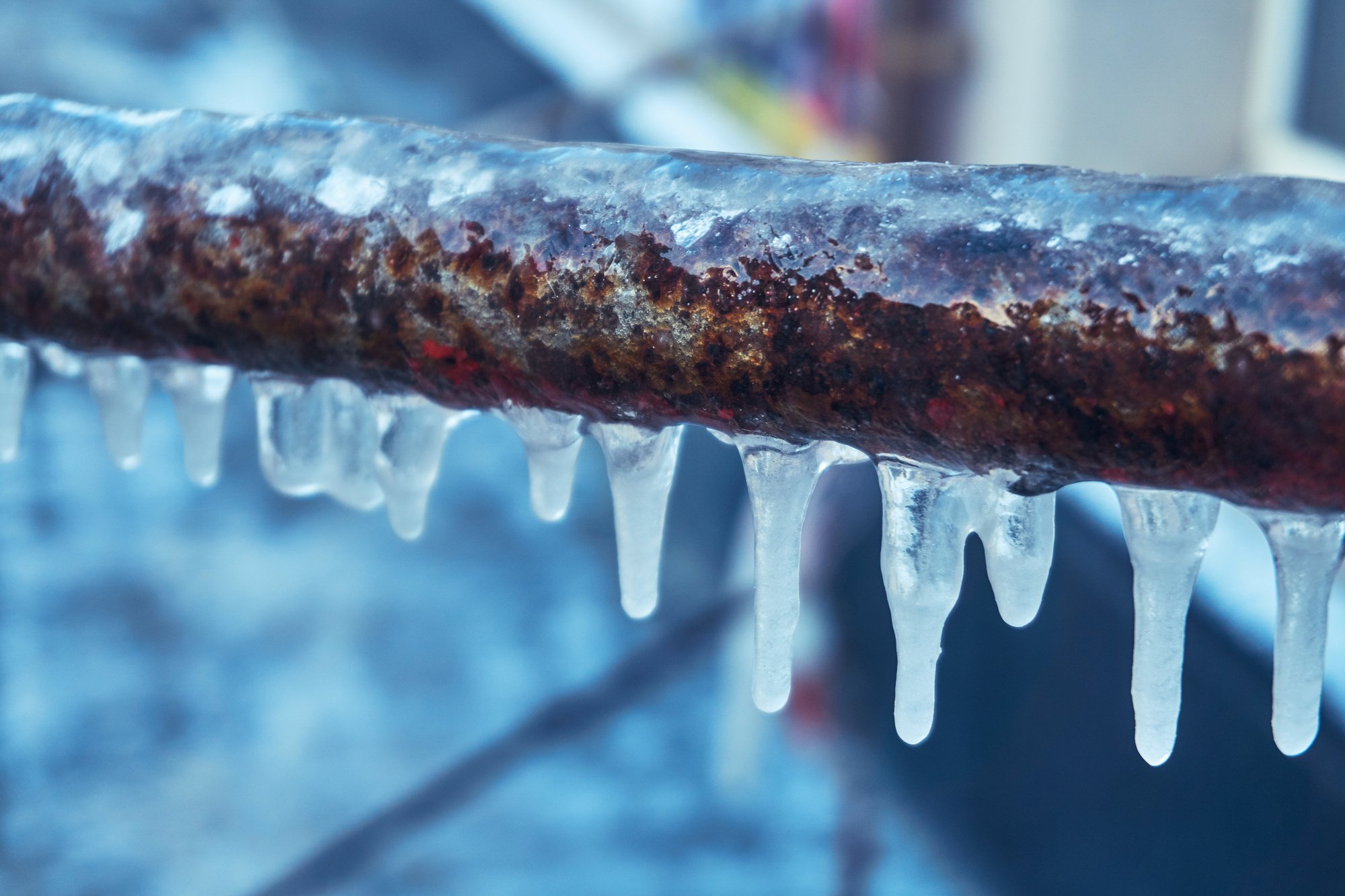Avoid Frozen Pipes in Winter: Professional Tips
Avoid Frozen Pipes in Winter: Professional Tips
Blog Article
Are you looking for facts and techniques about How To Avoid Freezing Pipes?
:strip_icc()/snow-outdoor-faucet-pipes-4af65d1e5e904fb1aa7bf74071fe5d89.jpg)
Winter can wreak havoc on your pipes, especially by freezing pipes. Here's how to stop it from occurring and what to do if it does.
Intro
As temperatures drop, the risk of frozen pipelines rises, possibly resulting in expensive fixings and water damages. Comprehending just how to avoid frozen pipes is essential for house owners in cold climates.
Recognizing Frozen Pipelines
What causes pipes to ice up?
Pipelines ice up when exposed to temperature levels below 32 ° F (0 ° C) for expanded periods. As water inside the pipes freezes, it broadens, putting pressure on the pipeline wall surfaces and potentially creating them to burst.
Dangers and damages
Icy pipes can lead to water supply disruptions, residential property damages, and expensive repairs. Burst pipelines can flood homes and create comprehensive structural damages.
Indications of Frozen Pipeline
Determining icy pipelines early can stop them from bursting.
Exactly how to determine frozen pipes
Look for decreased water circulation from taps, unusual odors or sounds from pipes, and noticeable frost on subjected pipelines.
Avoidance Tips
Protecting at risk pipes
Wrap pipes in insulation sleeves or use warm tape to shield them from freezing temperatures. Concentrate on pipes in unheated or outside locations of the home.
Heating methods
Keep indoor spaces appropriately heated, especially locations with pipes. Open up cabinet doors to enable warm air to distribute around pipes under sinks.
Safeguarding Outdoor Plumbing
Garden tubes and outside taps
Disconnect and drain garden hose pipes before winter. Mount frost-proof faucets or cover outdoor taps with shielded caps.
What to Do If Your Pipelines Freeze
Immediate actions to take
If you believe frozen pipes, keep faucets open to eliminate pressure as the ice thaws. Make use of a hairdryer or towels soaked in hot water to thaw pipes slowly.
Long-Term Solutions
Architectural modifications
Think about rerouting pipelines away from outside wall surfaces or unheated areas. Include extra insulation to attic rooms, basements, and crawl spaces.
Updating insulation
Purchase top quality insulation for pipelines, attics, and wall surfaces. Correct insulation aids preserve consistent temperature levels and minimizes the danger of frozen pipelines.
Verdict
Preventing icy pipes calls for proactive actions and quick responses. By comprehending the causes, indications, and safety nets, property owners can protect their plumbing during cold weather.
5 Ways to Prevent Frozen Pipes
Drain Outdoor Faucets and Disconnect Hoses
First, close the shut-off valve that controls the flow of water in the pipe to your outdoor faucet. Then, head outside to disconnect and drain your hose and open the outdoor faucet to allow the water to completely drain out of the line. Turn off the faucet when done. Finally, head back to the shut-off valve and drain the remaining water inside the pipe into a bucket or container. Additionally, if you have a home irrigation system, you should consider hiring an expert to clear the system of water each year.
Insulate Pipes
One of the best and most cost-effective methods for preventing frozen water pipes is to wrap your pipes with insulation. This is especially important for areas in your home that aren’t exposed to heat, such as an attic. We suggest using foam sleeves, which can typically be found at your local hardware store.
Keep Heat Running at 65
Your pipes are located inside your walls, and the temperature there is much colder than the rest of the house. To prevent your pipes from freezing, The Insurance Information Institute suggests that you keep your home heated to at least 65 degrees, even when traveling. You may want to invest in smart devices that can keep an eye on the temperature in your home while you’re away.
Leave Water Dripping
Moving water — even a small trickle — can prevent ice from forming inside your pipes. When freezing temps are imminent, start a drip of water from all faucets that serve exposed pipes. Leaving a few faucets running will also help relieve pressure inside the pipes and help prevent a rupture if the water inside freezes.
Open Cupboard Doors
Warm your kitchen and bathroom pipes by opening cupboards and vanities. You should also leave your interior doors ajar to help warm air circulate evenly throughout your home.

We had been made aware of that editorial about How To Avoid Freezing Pipes through a buddy on a different blog. Sharing is good. Helping others is fun. Kudos for your time. Please visit our website back soon.
Detail Report this page